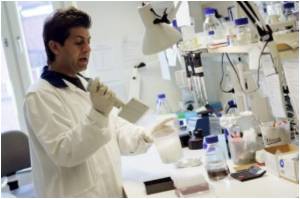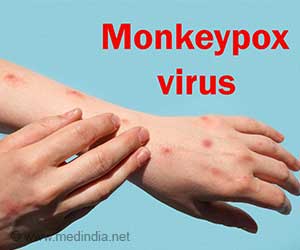The fastest way possible to treat and cure human African trypanosomiasis is being explored by researchers at the University of Georgia.

‘The fastest way possible to treat and cure human African trypanosomiasis is being explored by researchers at the University of Georgia.’





Researchers at the University of Georgia are working to find the fastest way possible to treat and cure human African trypanosomiasis. By working to improve chemical entities already tested in human clinical trials, they hope to have a faster route to field studies to treat the disease using drugs that can be administered orally to patients. The study, "Discovery of Carbazole-Derived Lead Drug for Human African Trypanosomiasis," was published in Scientific Reports.
"There is a significant challenge in terms of trying to find new drugs to control the disease," said Kojo Mensa-Wilmot, professor and head of the department of cellular biology in the Franklin College of Arts and Sciences. "Currently used treatments cannot be given orally and require people to go to a clinic in rural settings, which presents a problem for both health professionals as well as those infected with the disease."
The new paper describes "drug re-purposing" by the UGA-led team, an approach in which drugs developed for one disease are tested for effectiveness against a different disease. As part of a drug discovery initiative funded by the National Institutes of Health, Cleveland Biolabs Inc. synthesized a class of compounds from which the research team selected to test against the parasite. Using an animal model for the disease, the researchers administered the drug orally to and cured the disease in mice.
"Their original goal was to create compounds to cure some types of cancer. From more than 30 compounds screened we found one that cures the disease and two more with potential to eliminate the infection," Mensa-Wilmot said.
Advertisement
Source-Eurekalert








